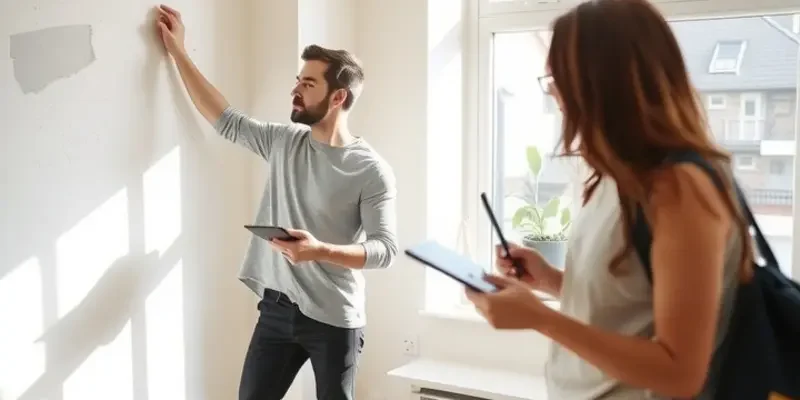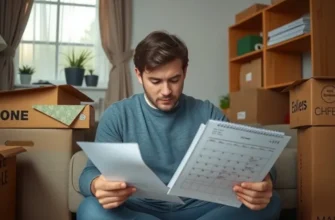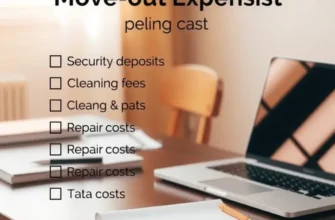Moving into a new apartment can be an exciting milestone, marking a significant step toward independence for young professionals, first-time renters, students, couples, and families. However, this exciting transition also comes with responsibilities, particularly when it comes to documenting your apartment’s condition. Documenting your apartment’s conditions not only protects your interests but also provides financial clarity and legal recourse should disputes arise later. Whether you’re trying to ensure you don’t get charged for damages you didn’t cause or want to understand the expectations set by your lease, having comprehensive documentation is the key. By following some simple steps, you can create a thorough record that serves your needs. Let’s explore how you can effectively document your apartment’s conditions and navigate your lease agreement with ease.
Setting the Stage: Initial Inspection
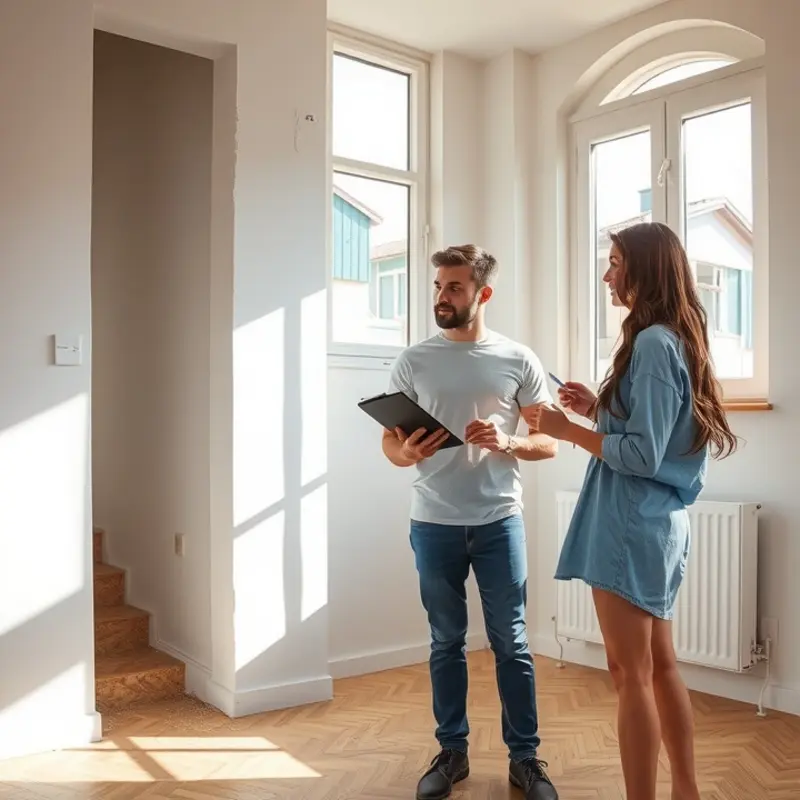
Stepping into your new apartment for the first time is a moment filled with excitement and potential. Yet, before you start decorating or unpacking, conducting a thorough initial inspection is essential. This process is fundamental to ensure your apartment is in the promised condition and to safeguard against future disputes over security deposits or damage claims.
Start with a Plan
Approach your walkthrough with a systematic mindset. Beforehand, list the areas to examine: each room’s walls, floors, ceilings, windows, doors, and included appliances. Carry a notebook and a device with a camera for documenting the condition of spaces and features. If possible, have a copy of the lease and any check-in forms provided by your landlord or property manager to reference specific condition stipulations.
Documenting Every Detail
Begin at the entry and work your way systematically through each room. Look for scratches, stains, leaks, and signs of wear. It’s advisable to scrutinize less-obvious areas like behind doors, inside closets, and under sinks.
For each issue, take clear photos from several angles. Use natural light to capture details without glare or shadows. Write down a detailed description of any problem areas in your notebook. Capture not only the defects but also the satisfactory conditions to establish a comparative baseline.
Checklist for Thoroughness
Utilize a checklist to maintain comprehensive coverage:
- Walls, Ceilings, Floors: Note any cracks, holes, or stains.
- Windows and Doors: Ensure they open, close, and lock properly.
- Appliances: Inspect for cleanliness and functionality.
- Plumbing: Check for leaks and ensure water flows in sinks, baths, and toilets.
- Electrical: Test all light switches, outlets, and any included fixtures.
Such thoroughness is crucial; small overlooked issues can escalate if not addressed early.
Communication with the Landlord
Once the inspection is complete, compile your notes and photos into a concise report. Email this documentation to your landlord within days of moving in. Highlight any urgent repairs needed or inconsistencies with the lease’s condition expectations.
Clear, documented communication establishes an understanding of existing conditions. Attachments of pre-move-in imagery can prevent disputes about the property’s original state.
Emphasizing Continued Care
Your initial records set the stage, but ongoing care and documentation can preserve this clarity. Regularly update your inventory of the apartment’s condition, especially before significant events like subleasing or upcoming inspections. For practical cleaning tips in between inspections, explore this guide on creating apartment-friendly DIY cleaning products.
Establishing a proactive inspection and documentation protocol equips you to handle challenges confidently. By setting an accurate initial baseline, you’re positioned to address discrepancies fairly and efficiently, ensuring both peace of mind and financial security.
Documentation Essentials: What to Capture
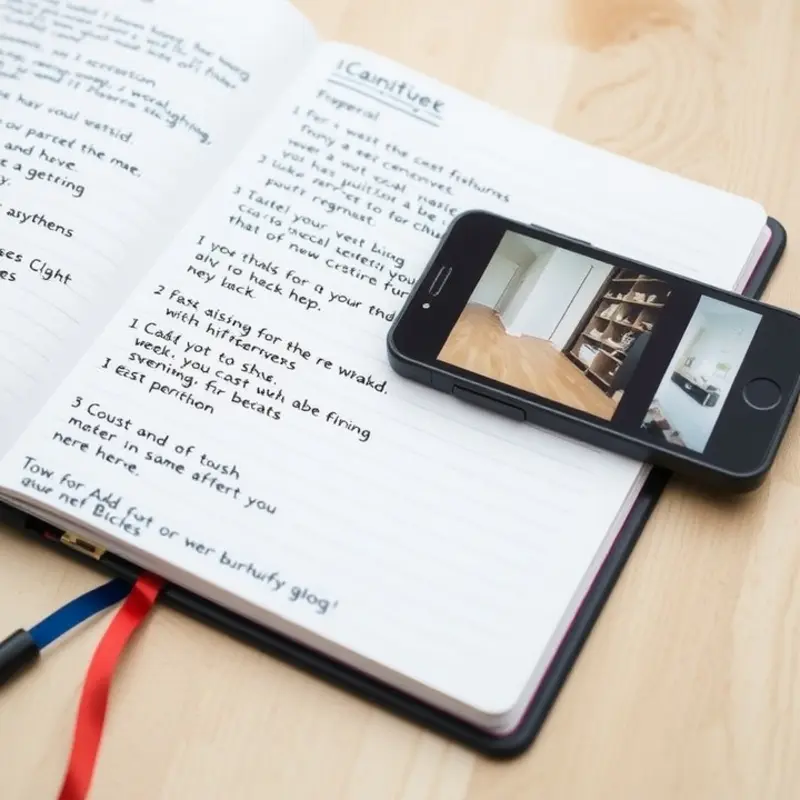
Once your initial apartment inspection is complete, it’s crucial to document key elements to safeguard your rights. This process begins with a comprehensive record of appliances, fixtures, and any pre-existing damages. Focusing on these areas helps prevent potential disputes and ensures transparency.
Start by documenting appliances included in your lease, noting their condition and brand details. Capture clear photos or videos showcasing each appliance in its current state. Similarly, inspect fixtures like light fittings, faucets, and cabinetry. Document any visible wear or damage. If you have access to the model numbers or manuals, include these in your records.
Next, identify and document any existing damage. This might include scratches on floors, stains on carpets, or chips in countertops. Detailed descriptions and dated images serve as evidence of these conditions at move-in. Categorize these findings intuitively, noting whether they are related to flooring, plumbing, or general wear and tear.
For efficient management, consider setting up a digital or physical folder. Use cloud storage for secure access anywhere or a traditional folder if digital means aren’t preferable. Naming conventions like “Move-InYearApartmentNumber” can simplify navigation. Organize documents by type, e.g., appliances, fixtures, and damages. This structured approach aids in quick retrieval and review when needed.
Sharing this documentation with your landlord is not optional; it’s necessary. Email or share a link to your digital documentation, ensuring they acknowledge receipt. This not only confirms transparency but can also serve as consensus on existing conditions, preventing future disputes.
Beyond documenting initial conditions, maintain a maintenance log. Record issues as they arise, noting dates reported and responses received. This log keeps you on top of pending repairs and helps assess the landlord’s responsiveness. Regular updates to this log uphold an ongoing dialogue with your landlord regarding property health.
Staying proactive with these documentation practices ensures you remain informed and in control throughout your tenancy. This foresight minimizes surprises and supports scenarios where proving the apartment’s original conditions is vital. For tips on organizing your apartment, you might find apartment organization baskets an excellent resource to help manage your living space efficiently.
Remember, a well-documented start is the foundation of a smooth renting experience.
Final words
In conclusion, documenting your apartment’s conditions is a vital step in ensuring your peace of mind during your rental experience. By following the outlined strategies for conducting thorough inspections and maintaining detailed records, you’ll not only protect your security deposit but also simplify lease management. As a young professional, first-time renter, or a family, being diligent about these practices can help you navigate any future discussions with your landlord with confidence. Remember, clear documentation not only serves to uphold your rights but can also aid in creating a positive living environment. Approach this process with diligence and you’ll be well-prepared for the journey ahead.

